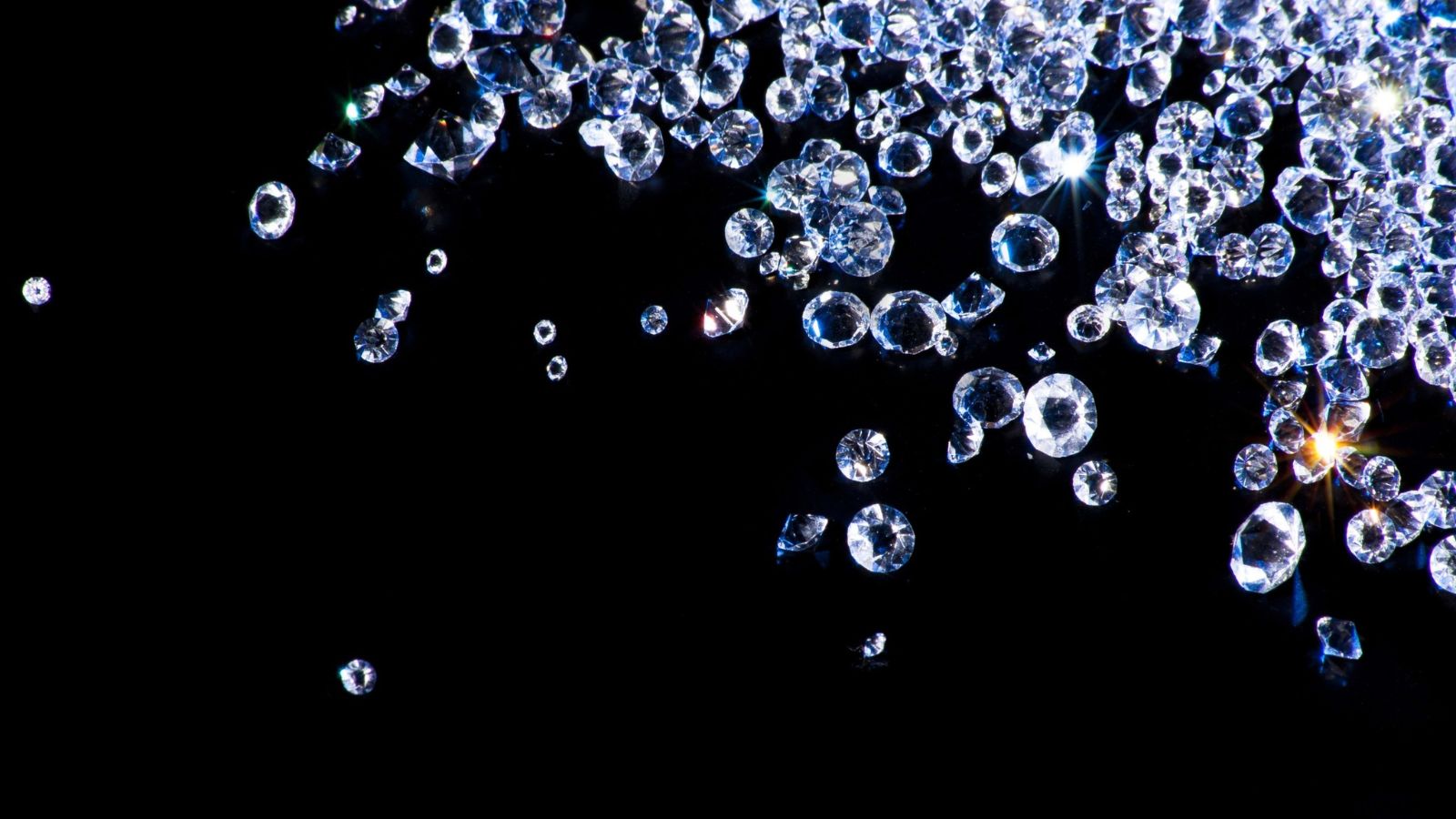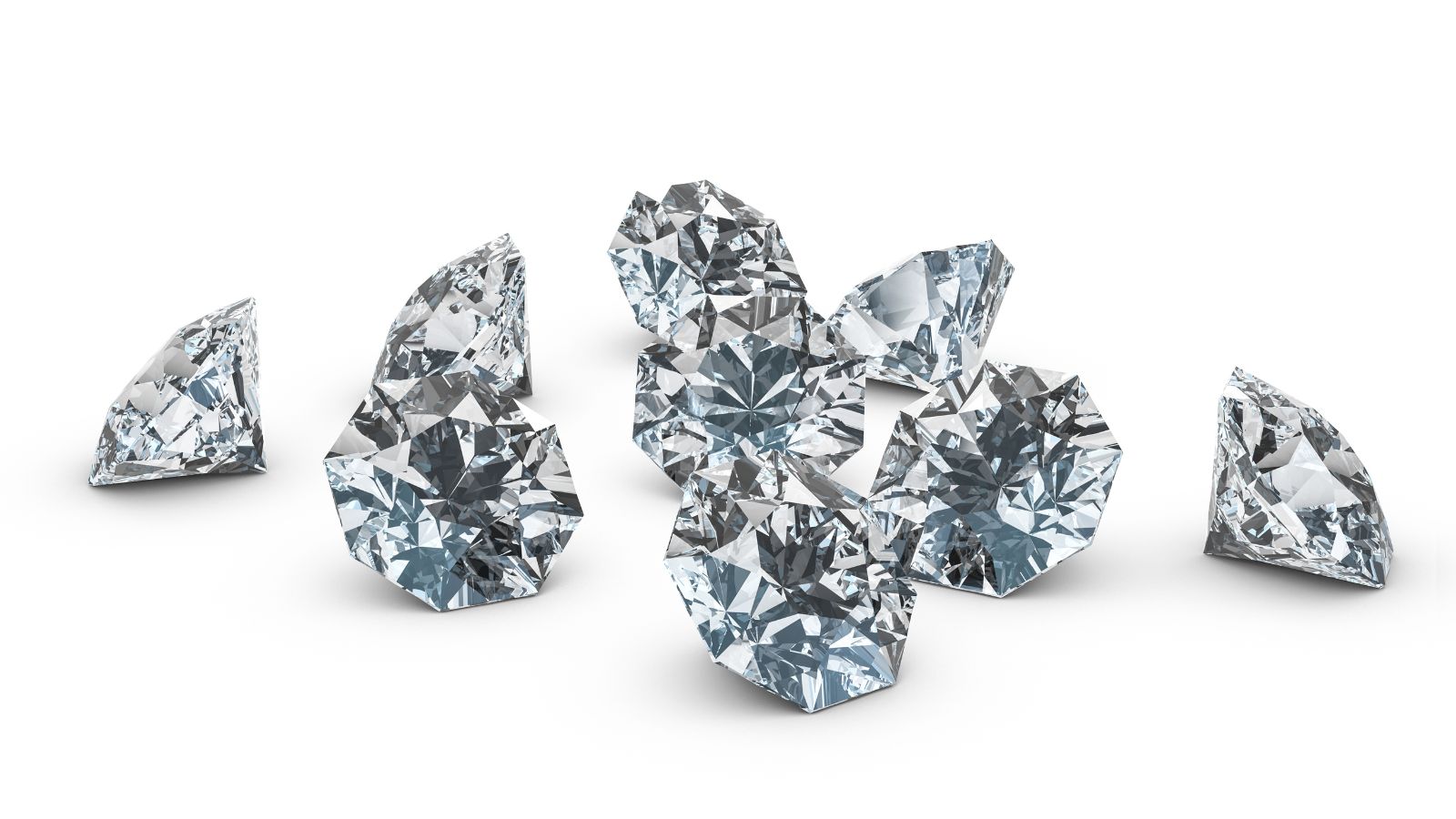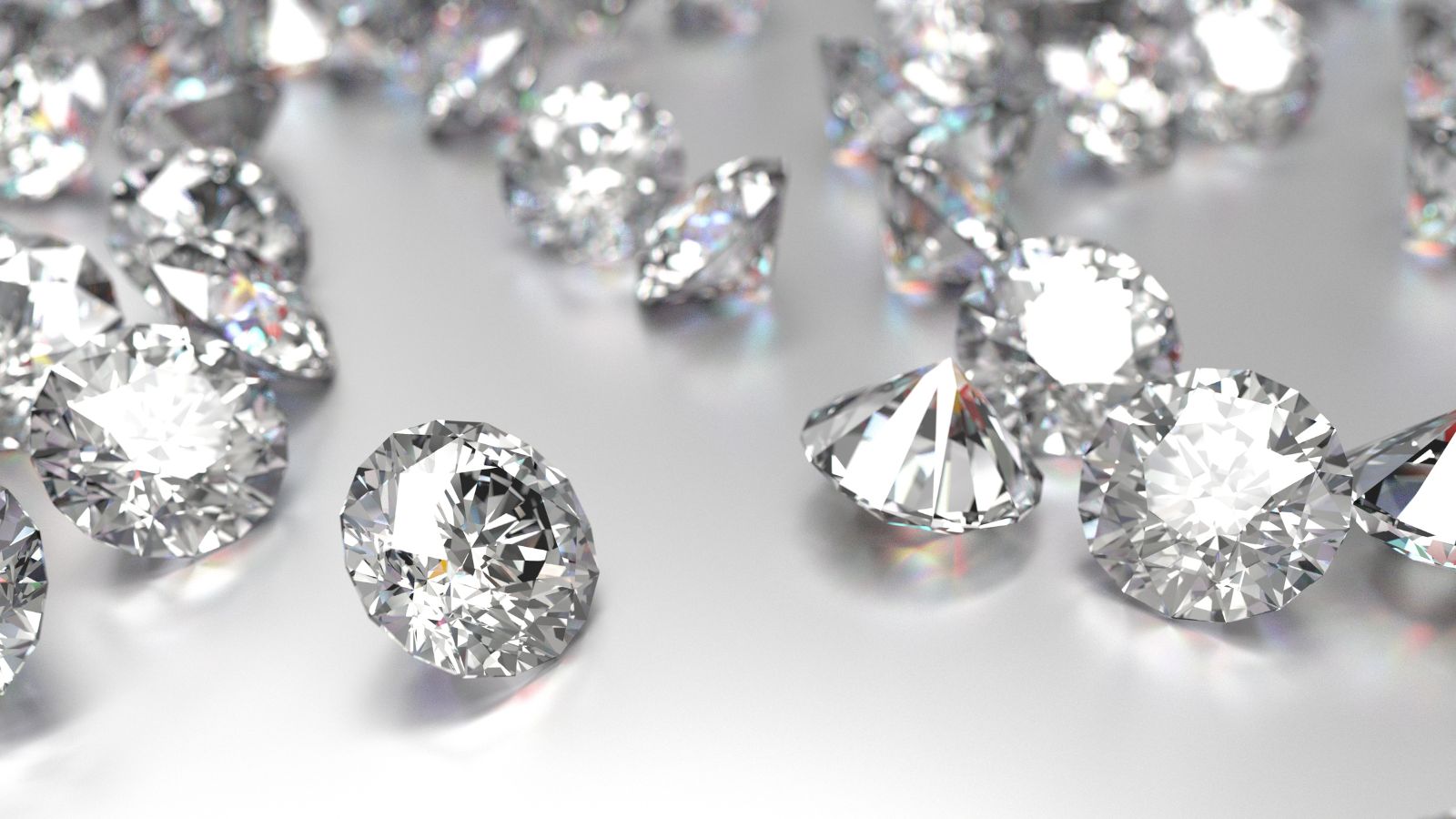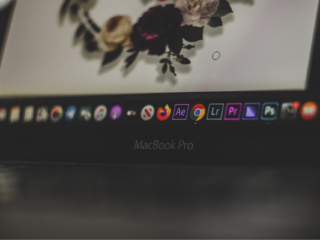
Diamonds are more than just beautiful stones; they are valuable assets that can hold or even increase in worth over time. Many people assume that their diamond’s value remains static or declines after purchase, but this isn’t always true. Some diamonds appreciate due to market demand, rarity, or specific qualities that make them highly sought after. If you own a diamond and are wondering whether it’s worth more than you initially thought, understanding the factors that determine value and learning how to properly assess your gemstone is essential.
Understanding What Influences A Diamond’s Value
The value of a diamond is largely determined by its quality, size, and market trends. The traditional pricing structure revolves around the “Four Cs”- carat weight, cut, color, and clarity. However, beyond these standard grading factors, other elements can make a diamond worth more than expected.
Carat weight is often the first characteristic people consider when determining value. Larger diamonds are generally more valuable, but this is not always true. A well-cut diamond with exceptional brilliance may command a higher price than a heavier stone with a poor cut. The cut affects how well a diamond reflects light, enhancing its sparkle and overall appeal.
Color is another important factor. Diamonds are graded on a scale from D (completely colorless) to Z (noticeable yellow or brown hues). While colorless diamonds tend to be the most valuable, fancy-colored diamonds, such as pink, blue, or green, can be worth significantly more due to their rarity. Natural fancy-colored diamonds are highly desirable among collectors and investors, and their value has steadily increased.
Clarity refers to internal or external flaws, known as inclusions and blemishes. A diamond with fewer visible imperfections will typically be more valuable. However, some inclusions, such as certain patterns or rare formations, can make a diamond unique and desirable, potentially increasing its worth.
Certification And Documentation
Proper certification is one of the most critical factors in determining a diamond’s true worth. Suppose you purchased your diamond with a grading report from a reputable gemological laboratory, such as the Gemological Institute of America (GIA) or the American Gem Society (AGS). In that case, this documentation can significantly impact its resale value. Certified diamonds tend to be more desirable in the secondary market because buyers have confidence in the quality and authenticity of the stone.
Obtaining a professional appraisal is a wise first step if your diamond is uncertified. A certified gemologist can examine the stone, verify its characteristics, and provide an accurate valuation based on current market conditions. Even if you already have a certification, a new appraisal may reveal updated insights about the diamond’s quality or confirm that its value has increased since the last assessment.
The Impact Of Market Trends On Diamond Value
The diamond market fluctuates due to supply and demand, economic conditions, and changing consumer preferences. While some diamonds depreciate after purchase, others may become more valuable as market trends shift. For example, if demand for a particular cut or color increases, diamonds with those characteristics can see an uptick in resale prices.
In recent years, vintage and antique diamonds have gained popularity among collectors and jewelry enthusiasts. Older diamonds often have unique cuts that differ from modern styles, and their craftsmanship can add a layer of desirability. If your diamond is part of a vintage or antique setting, its historical significance may enhance its overall value.
Fancy-colored diamonds have also seen a strong appreciation in value. Unlike traditional white diamonds, which are more widely available, natural pink, blue, and green diamonds are rare, making them highly desirable. If you own a fancy-colored diamond, even a small one, it may be worth more than you initially paid.
Another market factor is whether your diamond is part of a luxury brand collection. Diamonds set in jewelry by high-end designers such as Tiffany & Co., Cartier, or Harry Winston tend to retain or increase their value due to the brand’s reputation and craftsmanship. A diamond with a verified luxury pedigree can command a higher price than an identical stone from an unknown source.
How To Get An Accurate Valuation
Determining whether your diamond is worth more than you think requires a thorough evaluation. The best way to start is by consulting a professional appraiser or gemologist who specializes in diamond valuation. They can provide an expert opinion on the stone’s current worth based on its quality, certification, and market trends.
Multiple valuation methods can help you get the best possible price if you are considering selling your diamond. A jewelry store or local diamond buyer may offer a quick cash sale, but their offers tend to be lower because they need to resell the diamond at a profit. Auction houses and online diamond marketplaces can provide access to a larger pool of buyers, increasing the likelihood of fetching a higher price.
Online diamond buyers and resale platforms are becoming increasingly popular, allowing sellers to reach a global market. If your diamond has unique characteristics or a sought-after certification, listing it on a reputable platform may attract buyers willing to pay a premium.
Rare And Unique Diamond Features That Increase Value
While standard grading factors influence a diamond’s worth, some unique characteristics can make a particular stone more valuable. One such feature is fluorescence. While fluorescence can sometimes lower the value of a diamond, in rare cases, it enhances the stone’s appearance, making it more desirable. A diamond with strong blue fluorescence may appear whiter than its actual color grade, which can positively impact its price.
Diamonds with rare inclusions can also be more valuable than expected. While most inclusions lower a diamond’s clarity grade, some unique internal formations, such as “salt-and-pepper” inclusions or distinctive crystal patterns, are desirable in certain markets. These diamonds appeal to buyers looking for one-of-a-kind stones with character.
If your diamond has a unique provenance or history, it may have increased value due to its story. A diamond previously owned by a celebrity, included in a famous auction, or part of a historic collection can fetch significantly higher prices than a comparable stone without such a background.
Making An Informed Decision
If you suspect your diamond is worth more than you initially believed, taking the time to research its characteristics, obtain an appraisal, and explore selling options is essential. Whether you decide to hold onto your diamond as an investment or sell it at a favorable price, knowing its true value will empower you to make the best financial decision. Market trends, rarity, and buyer preferences can all influence a diamond’s worth, and staying informed ensures that you maximize its potential value.







